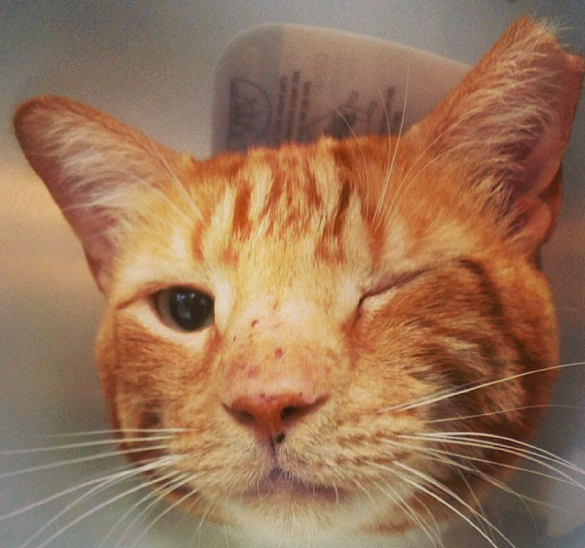305-665-2820
Emergency & Appointments
Open 24-Hours
24 / 7 / 365 Days Year
8601 Sunset Dr. Miami, Fl.
Hospital Location
305-665-2820
Emergency & Appointments
Emergency & Appointments
24 / 7 / 365 Days Year
Hospital Location
Emergency & Appointments

The word dysplasia is derived from the Greek language and denotes a malformation. Dysplasia leads to an abnormal development of the hip joint. Almost all breeds of dogs can be affected; however the most common are the retrievers and the German shepherd breeds. This disease process can be devastating during the developmental period in the puppies life and lead to debilitating arthritis in the later stages of life.
Hip dysplasia leads to an abnormal socket during the dog’s early development. The dog is born with the abnormality, and it is well known to be a polygenetic trait. Breeding programs are developed around early recognition of affected offspring and avoiding breeding affected dogs. The problem comes in that the expression of these genes may be silent. This might lead an owner or breeder to think that their dog is not affected and can be used in the breeding program. Expression of the hip dysplasia may come out in future generations and should be recognized at that point.
A normal hip socket should be deep and maintains a stable head of the femur during all range of motion. If the hip socket is shallow and abnormal, then this leads to an unstable joint. Instability in any joint is not easily tolerated by the body. The instability is recognized from a distinct “clunking” sound or feel as the dog bears weight on the limb. The clunking sound or feel may not be present in very advanced stages. Most owners recognize an abnormal gait often described as “bunny” hopping. The ankle may be seen to have excessively straight. As the pain increases the muscle development to the affected limb is poor. Affected dog’s will have poor muscle mass in the rear legs and a hypertrophied front end. As the pain increases the dog may show reluctance to play normally or sitting more than usual. The gait may become more weak or sloppy (ataxia). The disease is progressive, worsening as the dog ages.
Early recognition and diagnosis are crucial for many reasons. Avoidance of hip dysplasia through good breeding programs is the key. The Orthopedic Foundation of America (OFA) is an organization in the USA empowered with the task of evaluating xrays of the hips and grading these hips depending on the severity of the dysplasia and the breed standards. Breeders use these results to ascertain whether a dog should be used for breeding. In order to get an OFA rating, the dog has to be two years of age. A preliminary result can be attained but cannot be used for breeding purposes.
The problem with relying on the OFA is that by 2 years of age your dog may have advanced hip dysplasia and even have developed severe arthritic changes. Most dog s that require treatment and surgery can be recognized by a qualified veterinary surgery specialist by as young as 4-6 months of age. At this age recommendations can be made to try and keep the hips from deteriorating further.
The hallmarks of recognizing and diagnosing rely on the clinical signs and an orthopedic examination. As previously described the clinical signs reported are usually the bunny hopping gait, reluctance to exercise for an extended period of time, and a “clunking” sound.
Your veterinary orthopedic specialist can recognize these symptoms and thorough an orthopedic examination, recognize if your dog has hip dysplasia. Since there is a wide variation in how hip dysplasia is manifested, accurate staging is essential. Signs of poor muscle development, a palpable instability of the joint (positive Ortalani sign) and pain are signs your specialist will be looking for. These signs are then compared with xrays and appropriate recommendations can be made.
What to do if your dog is diagnosed with hip dysplasia? There is a surgical option that your specialist can discuss with you. This procedure is called a triple pelvic osteotomy, or TPO. The goal of this surgery is making the cup or acetabulum deeper by rotating it. By making the cup deeper, the instability is controlled and the hip joint develops more normally. The pain is relieved because the constant trauma is resolved. The goals of surgery are to relieve pain, increase muscle mass, and avoid arthritis. This surgery should be expected to last for the dog’s entire life. This surgery is time dependent, and is ideally performed in the young dog, between the ages of 5 months and up to 14-16 months of age. Ideal candidates are chosen based on the degree of rotation required and the lack of arthritic changes. If the cup cannot be rotated enough to capture the head of the femur, or there is already advanced arthritis in the hip, TPO surgery cannot be performed.
What do I do if the hip joints are deteriorated enough that a TPO is not possible? Once medical options are exhausted a salvage surgical procedure should be considered. In this case a total hip replacement may be in the dog’s best interest. While this is a good procedure and is a cure for debilitating arthritis and pain, prevention through the use of early interventional techniques such as a TPO are the best options. The TPO maintains the normal hip joint and avoids the use of an artificial hip in the future. Conservative options are limited, but include restricting exercise (minimizing the trauma to the joint), glucosamine supplements, and keeping the dog’s weight down.

Miami Veterinary Specialists is a 24-hour, 7-days a week, 365 days a year emergency premier veterinary specialty hospital serving South Florida.
Your Pet Specialists®